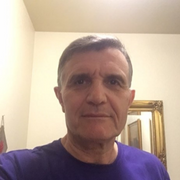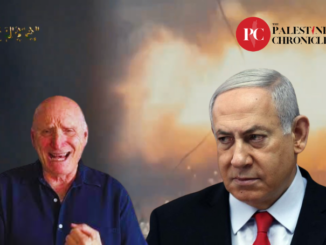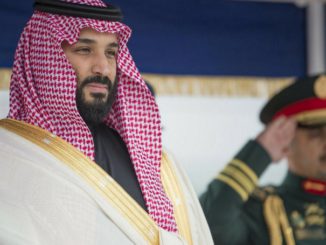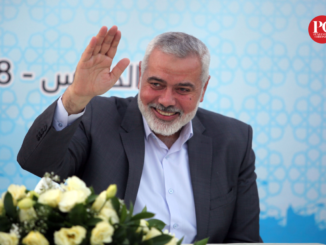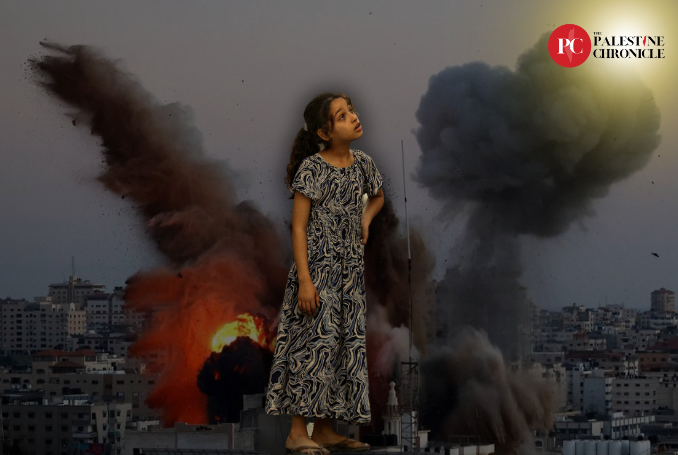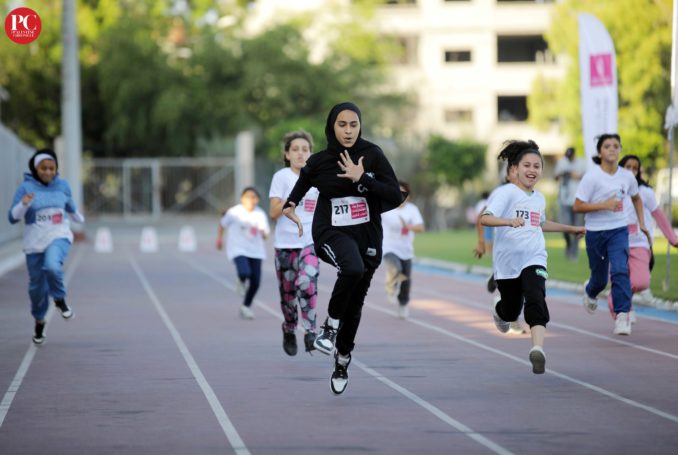
It has been demonstrated throughout history that every time Israel attempts to destroy the Palestinian people, their history and culture, they come back stronger and more resilient than before.
There is a widespread perception that Israel’s genocide is being used in conjunction with various other goals for the sake of achieving them simultaneously. There is a very clear determination among Israeli authorities to destroy everything related to the Palestinian people, including the culture, history, and identity of the Palestinian people.
Sport is an integral part of Palestinian culture and history. It has always been Israel’s nightmare and a thorn in its side as long as it bears the symbol of the Palestinian people, flag and name. Israel aims to destroy the legacy of sports built over a century.
Prior to October 7, Israel’s apartheid policy barred Gazan athletes from participating in sports or representing Palestine with their brothers and sisters in the West Bank. In addition, Israel’s bombing of the Gaza Sector over the past two decades has left hundreds of athletes disabled. There’s no room in this article for all the martyrs and Israel’s crimes against Palestinian sports.
It has been reported that more than 300 athletes have been killed and 50 sports facilities have been destroyed. As an example, Freej Al-Hallaq, a veteran athlete suffering from Alzheimer’s disease, was executed in cold blood by Israeli forces in front of Al-Shifa Hospital, leaving him bleeding for a long time after execution.
As a result of the bombing of her house in the Nuseirat camp in the West Bank, Nagham Abu Samra, a Palestinian karate champion and a member of the Palestinian national team, died after suffering shrapnel wounds and being in a coma.
The long-distance runner Majed Abu Marahel, the first Palestinian to compete at the Olympics in 1996, passed away recently in Gaza as a result of Israel’s inhumane blockade and destruction of Gaza’s healthcare system.
Israel turned Gaza Strip stadiums into prisons, torture centers, and execution sites. This happened at Gaza’s Yarmouk Stadium where dozens of civilians were forced to take off their clothes in the open.
In a similar manner, this heritage destruction is no different from the one that took place in 1948; it includes the destruction of sporting facilities, club buildings, and the killing of coaches, administrators, and sports journalists. Not to mention the loss of tons of historical and administrative documents buried under the rubble. These are a major concern for both historians and scholars alike.
It is worth noting that sports are not a new phenomenon in Gaza, and that they have been flourishing ever since the 1920’s. In 1925 Filastin reported about two games between the Orthodox Club in Jaffa and the Sports Club in Gaza which was one of the first athletic clubs established in Palestine. Filastin described one of the games in May 1927 between these two clubs.
“What happened in Gaza recently was one of the most striking manifestations of this [sports] renaissance. Their patriotic spirit and affinity were evident during and after the game.”
It is important to recognize that, between 1948 and 1967, sports in Gaza varied from those in diaspora areas in a number of ways. After 1948, the sports movement in Gaza became a focal point for all sporting activities in all diaspora. From Gaza, Palestine arranged to participate in Arab and international games (such as the Pan Arab Games and Friendship Games in Cambodia).
Sports in the Gaza Strip grew significantly under the Egyptian administration at a time when sports were developing in Egypt, unlike some other Arab countries.
Apart from the clubs in Gaza established before 1948, UNRWA opened service centers (in Jabalia, Rafah, Khan Yunis, Al-Shati’, Al-Nuseirat, Al-Breij and Al-Maghazi) in 1951, which became clubs with their own teams, participated in local and Arab championships and played a big part in developing sports in the sector.
In 1962, the athletic leadership decided to form a football association [al-Ittihad al-Riyadi al-Falastini li Korat al-Qadam] (Palestine Sports Federation – Football). The clubs affiliated to the Federation were 15 in number. Three other Federations in Palestine have been accepted in their respective Federations, namely Boxing, Weightlifting and Basketball. In August 1963 it applied to join FIFA. However, FIFA rejected its application under the pretext that there is no Palestine, so Gaza can’t be in Palestine. A part of a country being accepted as an independent member is also against FIFA rules.
Sports continued to develop in the Gaza Sector after 1967 because of the solid foundation established in the fifties and sixties. The League of Clubs Rabitat al-Andiya was established in Gaza in the late 1970s and served as a ministry for sports and youth.
In spite of the 2007 siege and the difficulties Israel put in the way of sports in Gaza, sports continued to flourish there. The number of athletic clubs in Gaza Sector reached 58. Sport in the Gaza Strip is not limited to competition, cups, and entertainment. Rather, it is a form of steadfastness and challenge to the occupation. It also united the Strip’s people and its factions and paid tribute to martyrs.
It has been demonstrated throughout history that every time Israel attempts to destroy the Palestinian people, their history and culture, they come back stronger and more resilient than before. The barriers that Israel places in front of Palestinian sports, as well as the destruction that it perpetrates on Palestinian sports, will continue to serve as an inspiration for Palestinian sports to remain competitive in the future.
Probably the most significant proof of this was the achievement of the Palestinian national football team in June 2024, when the team reached the third round of Asian qualifying after finishing second in a group that also included Australia, Lebanon, and Bangladesh after finishing second in their group. Today, Palestine’s FIFA ranking is 95 out of 185 teams. This rank is acceptable when compared to the conditions Palestinians live in. One year after Palestine’s admission to FIFA in 1998, in 1999, it was ranked 170th in the world, and in 2015, it was ranked 134th.
There is no doubt that the people of Gaza, who have found a new front in war history – the tunnels – from where they launch attacks on the occupation forces and perform miracles through their steadfastness and heroism, will have no problem rebuilding their lives as soon as the war is over. Certainly, a lot of damage has been done to the sports infrastructure.
Despite this, there has been little damage done to the will, persistence, and determination necessary to build a decent life for the future.
